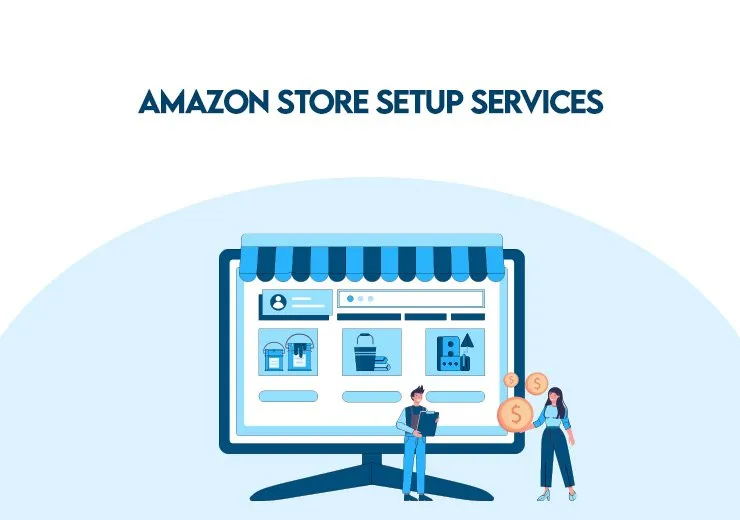SEO Site Checkup Free: Boost Your Website Ranking and Performance in 2025
- Search Optimax
- 12 hours ago
- 4 min read
In 2025, website performance and search visibility determine whether a brand grows online or gets left behind. If you are serious about improving your presence, start with a seo site checkup free. A quick audit can reveal hidden errors in minutes, helping you prioritize fixes that deliver tangible results. Regular audits help you catch regressions immediately.

What is an SEO Site Checkup?
A site checkup is a diagnostic scan that inspects technical and on-page aspects of your website. When you run a seo site checkup free, it examines factors such as load speed, mobile layout, metadata, and broken links. The report you receive turns confusing code-level problems into a clear action plan: what to fix first, what to monitor, and what can wait.
Why run a checkup?
Search engines favor websites that are fast, secure, and user-friendly. Performing a seo site checkup free helps you catch issues before they damage rankings or user trust. Because many quality tools offer free reports, even small businesses can benefit from professional-grade insights without upfront cost. Repeat the seo site checkup free after major updates to ensure changes didn’t introduce new errors.
How the process works
Most tools follow a simple process: you enter a URL, the scanner crawls the public pages, and the system produces a prioritized list of errors and suggestions. Running a seo site checkup free regularly creates a baseline you can compare against after making improvements, so you can measure progress over time. The easiest wins should be tackled first to build momentum.
What a good checkup covers
A complete seo site checkup free typically checks:
Page performance and render-blocking resources.
Mobile responsiveness and viewport configuration.
On-page SEO elements like title tags, headers, and image alt text.
Technical files such as sitemap and robots.txt and proper canonicalization.
Security elements including SSL validity and mixed-content warnings.
Link health: broken links, redirect chains, and orphan pages.
Understanding these categories makes it easier to act on the highest-impact fixes first and prevents short-term changes from causing long-term harm.
Recommended free tools and best practices
Use a mix of speed analyzers, site crawlers, and security scanners to get a well-rounded view. No single tool finds everything, so run multiple scans and compare findings. Start with a single seo site checkup free to get a full report, then pick two or three checks to automate monthly so issues don’t pile up. Keep a central document to track findings, fixes applied, and measured outcomes.
Quick DIY fixes after an audit
After your initial checkup, tackle quick wins that usually show immediate improvement:
Compress and resize large images to reduce payload.
Use browser caching and a CDN if you have a geographically dispersed audience.
Consolidate duplicate meta titles and descriptions.
Fix broken links and set proper 301 redirects for removed pages.
Confirm that HTTPS is enforced site-wide and renew any expiring certificates.
These changes often improve both speed and search visibility within days. Re-run the seo site checkup free to confirm the fixes worked and to catch any regressions.
When to call in a specialist
The audit will point to problems, but complex issues — like server-level misconfiguration, database bottlenecks, or large-scale migrations — require technical expertise to fix safely. If your repeated checkups continue to flag the same critical errors, bring in an experienced developer or SEO agency to implement robust solutions and monitor results.
Measuring improvements after an audit
After you complete fixes, measure the impact using clear metrics. Track page load time (time to interactive), bounce rate on key landing pages, organic traffic for primary keywords, and conversion rate for contact or product pages. Use analytics to compare week-over-week and month-over-month performance. Also monitor server response times and error logs for any new issues that appear after updates.
Example checklist for your first 30 days
Use this practical checklist to turn recommendations into action:
Day 1–3: Run a full audit and export the report. Identify the ten highest-impact issues.
Day 4–7: Fix headline technical problems (caching, image optimization, SSL).
Day 8–14: Update meta tags and consolidate duplicate content. Clean up 404s and set correct redirects.
Day 15–21: Improve internal linking and navigation to spread page authority.
Day 22–30: Re-run the audit, compare results, and document improvements and remaining tasks.
This structured approach keeps tasks manageable and allows you to show measurable wins to stakeholders quickly.
Common pitfalls to avoid
When implementing fixes, avoid these mistakes:
Making too many changes at once without tracking results — this makes it hard to determine which change helped.
Relying on a single tool — different scanners catch different problems.
Ignoring mobile performance — mobile-first indexing means mobile issues can significantly impact rankings.
Skipping backups before major updates — always snapshot your site before sweeping changes.
Long-term maintenance
SEO and technical health are ongoing. Establish a routine where your team or agency runs the same set of checks monthly and performs a deeper audit quarterly. Maintain a prioritized backlog so improvements are scheduled based on expected ROI rather than urgency alone.
Final checklist before you go live
Before you call your updates finished, verify the following:
All critical pages load in under 3 seconds on both mobile and desktop.
No major crawl errors in your search console.
Canonical tags are correctly set for duplicate or paginated content.
Structured data is implemented for key content types where relevant.
Link equity flows from high-authority pages to conversion-focused pages.
Keeping this checklist at hand will reduce rework and ensure your optimizations last longer.
Next steps
Begin with one small audit this week and schedule follow-ups. Document the changes you make and the impact each one had on performance and traffic. Over time, these incremental improvements compound into stronger rankings and better user experiences. Make the audit a habit and include technical health in your overall marketing roadmap.
Start now, measure weekly, and celebrate small wins as you improve your site. Start now, measure weekly, and celebrate small wins as you improve your site.



Comments